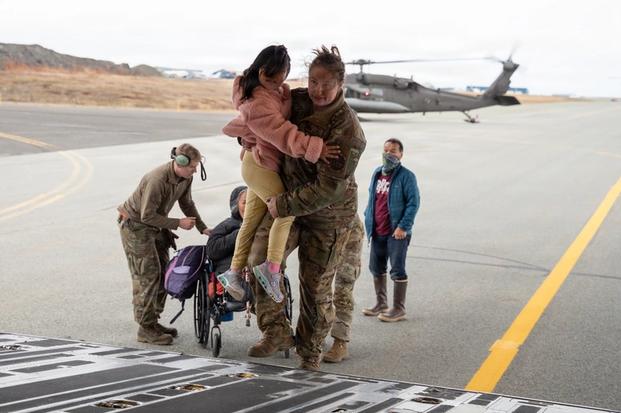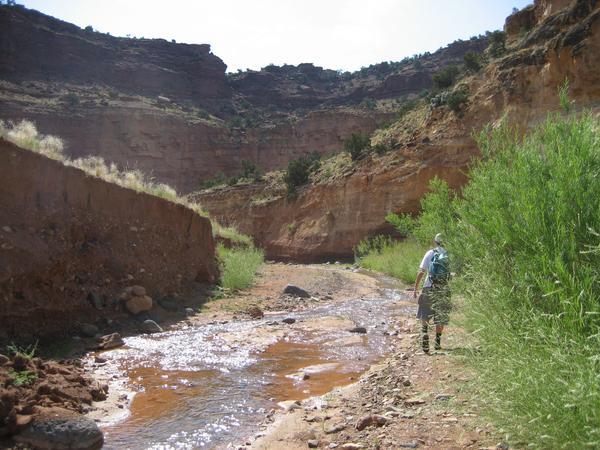When remnants of Typhoon Halong struck western Alaska in October 2025, they unleashed hurricane-force winds, severe flooding, and the most significant coastal surge in decades. The storm devastated the Yukon-Kuskokwim Delta, uprooting homes, disrupting power and water systems, and isolating numerous residents in villages only reachable by air. In response, Alaska’s government, along with the National Guard and federal agencies, initiated one of the largest airlifts in the state’s history, evacuating hundreds to safety.
Mass Evacuation Efforts
Two coastal villages, Kipnuk and Kwigillingok, faced the brunt of the storm. Water levels surged more than six feet above normal high tide, breaking long-standing flood records. Entire neighborhoods were submerged, rendering many homes uninhabitable. Local shelters quickly reached capacity, prompting officials to orchestrate an emergency airlift to Anchorage and Bethel. Over two days, more than 600 residents were flown out using military and chartered aircraft, including the Alaska Air National Guard’s C-17 Globemaster III. According to state emergency officials, this operation ranks among the largest mass air evacuations ever conducted in Alaska.
The logistical challenges were daunting. Many airstrips in the region were either flooded or littered with debris, forcing pilots to navigate short gravel runways under limited visibility. The Alaska Army National Guard and smaller fixed-wing aircraft initially transported evacuees from villages like Kipnuk and Kwigillingok to Bethel, from where larger groups continued on to Anchorage. At Joint Base Elmendorf-Richardson, temporary shelters were set up with support from the American Red Cross. Emergency cargo, including food, fuel, medical kits, and water filtration systems, was also delivered to isolated communities still cut off by floodwaters.
Federal and State Coordination
The Federal Emergency Management Agency (FEMA) activated a regional response coordination center, deploying staff to Alaska. They embedded liaisons and mass-care specialists at the State Emergency Operations Center in Anchorage to bolster the storm response. Meanwhile, the state’s transportation department dispatched unmanned aircraft teams to assess damage and gather data in the hardest-hit villages.
As evacuations progressed, shelter operations were set up and managed in collaboration with state and local partners, establishing two large shelters in Anchorage along with additional non-congregate options. Following the approval of a major disaster declaration for Alaska by President Trump, FEMA began coordinating longer-term recovery efforts with the governor’s office and the Alaska Division of Homeland Security and Emergency Management. The American Red Cross also deployed hundreds of disaster volunteers to assist evacuees in Anchorage and other hubs.
The storm displaced more than 1,500 individuals, predominantly Indigenous Alaskans. Tragically, at least one fatality has been confirmed, with several residents reported missing. The National Weather Service recorded peak gusts exceeding 100 miles per hour and termed Halong’s surge as the most destructive coastal flooding in western Alaska since the 1970s.
As airlifts slowed, attention shifted to rebuilding efforts. Temporary shelters in Anchorage and Bethel continued to house evacuees while federal disaster-aid teams began assessing long-term needs. Governor Mike Dunleavy formally requested federal assistance, which was approved shortly thereafter, unlocking tens of millions of dollars for reconstruction and recovery. Initial assessments by Alaska’s emergency management division indicated that over 90% of structures in Kipnuk and approximately 35% in Kwigillingok were destroyed by the storm.
Relief efforts also included deploying engineers to restore airstrips and power systems ahead of the winter months.
A Test of Resilience
For the Alaska National Guard, the airlift operation following Typhoon Halong was more than just a rescue mission; it served as a crucial test of operational capacity in one of the nation’s most remote regions. The successful execution of large-scale air mobility and coordination with local governments highlighted the potential to save lives even under extreme conditions.
As the people of the Yukon-Kuskokwim Delta embark on the arduous journey of rebuilding, the record-setting airlift stands as a testament to Alaska’s vulnerability and its commitment to respond effectively when faced with significant challenges.







